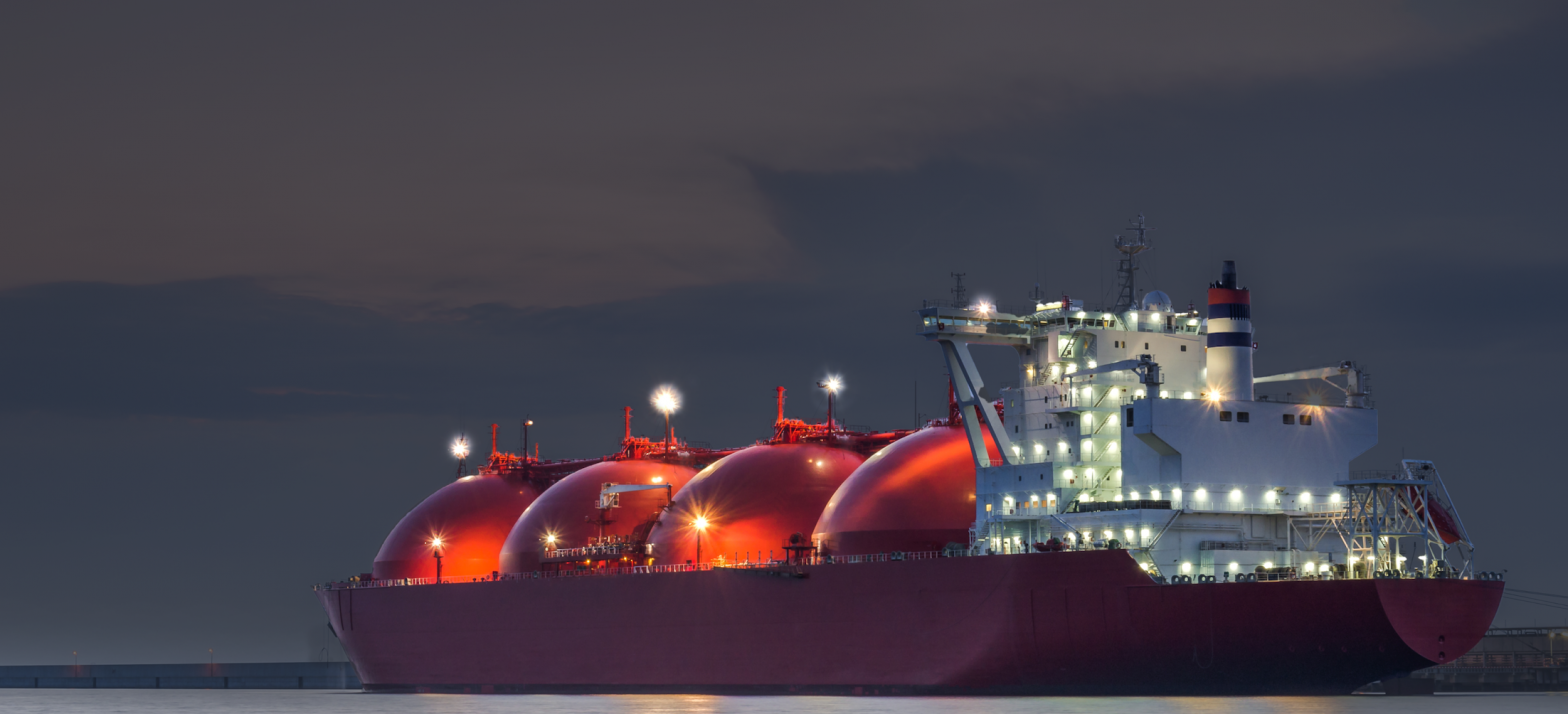Methane is an extremely harmful greenhouse gas — more than 80 times more powerful than carbon dioxide over a 20-year time frame. Tackling methane emissions from the oil and gas sector is one of the most high-impact, low-cost climate actions we can take today.
The good news? The tools and solutions to reduce those emissions in the sector already exist. And while global methane emissions remained near record highs in 2024, we are seeing the market move decisively in the right direction, supported by new technologies and a wave of collaboration and partnerships.
Leading oil and gas producers are designing facilities with less emissions potential and retrofitting facilities with low-leakage equipment. Operational best practices are improving, where experiential learnings over the past half decade have increased competencies for identifying emissions risks, including by better-trained operations staff, operational data, and advanced monitoring and measurement technologies. These methods should continue improving over time to help operators detect, attribute, and quantify emissions and evaluate strategies to mitigate emissions moving forward.
Advanced technologies, including aerial-based, drone-based, and stationary monitoring, are being used in reconciliation to increase the completeness of emissions inventories. Constellations of methane-sensing satellites now also can pinpoint methane emissions down to individual assets, and Carbon Mapper’s data portal is one example of how technology providers are empowering rapid action.
Aided by these best practices, more than 20% of U.S. natural gas production has been certified to MiQ Standards. Independent auditors with methane-specific competencies certify the emissions performance of assets against the MiQ Standard. A recent International Energy Agency (IEA) report acknowledged the role certified gas can play in driving transparency and abatement of methane emissions. MiQ fully endorses the IEA’s recommendation for certified gas to have minimum criteria – markets, the public, and regulators need credible emissions information and confidence in certification programs.
But perhaps the most encouraging development in 2025 is the increase in collaboration across and within sectors. All stakeholders — from industrial competitors and governments to regulators and NGOs — are joining forces to accelerate action.
In a powerful recent example, Japan’s Ministry of Economy, Trade and Industry (METI) and the Government of Canada recognised the importance of global cooperation to measure, report, and reduce methane emissions in LNG supply chains. Together with organisations such as the Japan Organization for Metals and Energy Security (JOGMEC), the International Energy Agency (IEA), UNEP’s International Methane Emissions Observatory (IMEO), the International Group of Liquefied Natural Gas Importers (GIIGNL), the Environmental Defense Fund (EDF), and MiQ, they launched a Partnership Statement to translate this ambition into reality.
MiQ has also recently announced a draft protocol, developed in consultation with OGMP 2.0, to certify the monitoring and reporting of assets at OGMP 2.0 Level 5. This collaboration aims to introduce third-party verification of an asset’s monitoring and reporting to OGMP 2.0 Level 5 and enable the issuance of MiQ certificates – potentially a key pathway to facilitate the implementation of the EU methane regulations.
Five years ago, I spent 90% of my time explaining what methane emissions were and why they mattered. Today, that’s only about 5% of my time — the conversation has shifted to how we reduce these emissions with proven solutions, and there’s a clear recognition that the answer is working with others.
2025 is shaping up to be the year of unprecedented collaboration on methane, uniting regulators, industry, financial institutions, NGOs, and the tech sector. By working together, we can drive a rapid decline in harmful emissions today.
